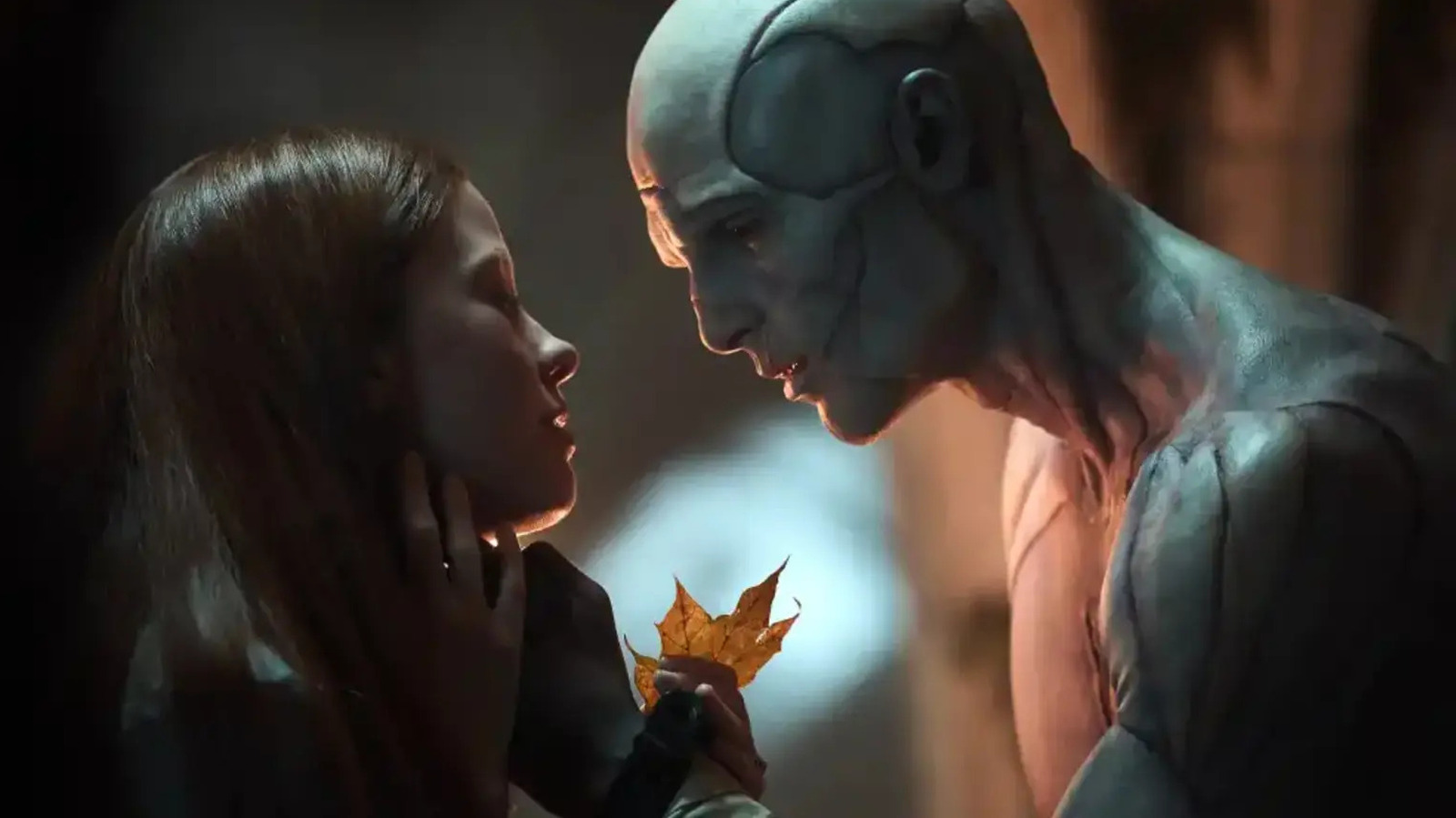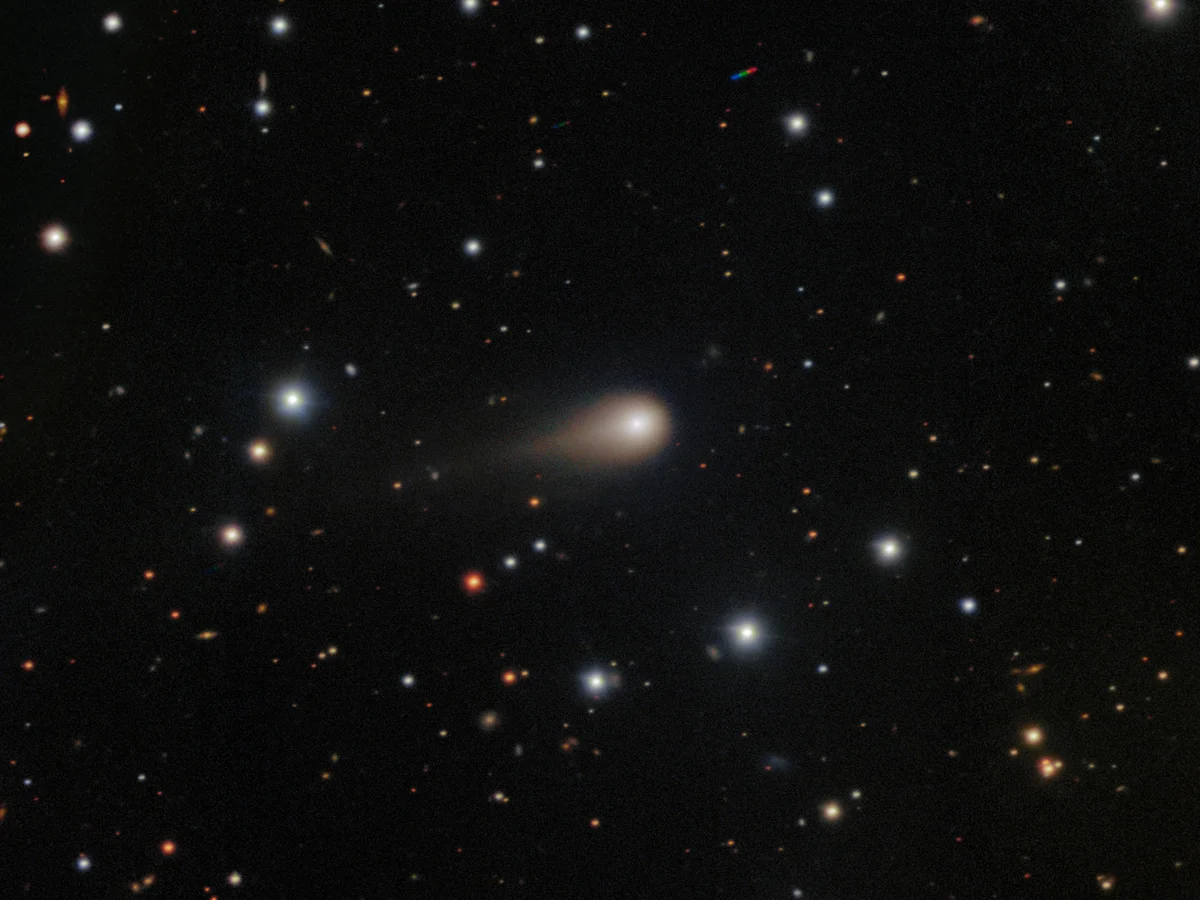Copyright /FILM

This article contains spoilers for "Guillermo del Toro's Frankenstein." Guillermo del Toro's film adaptation of Mary Shelley's "Frankenstein" is, perhaps curiously, time-shifted forward from the events of the original novel. Shelley's book was famously written as part of a friendly horror story competition between Shelley, her husband Percy, their friend Lord Byron, and a mutual onlooker, John Polidori, in 1816. "Frankenstein" was published in 1818, marking what many consider the first modern science fiction story. Del Toro's movie, however, is set mostly in the 1850s, a few years after Mary's death. Percy, for the record, passed in 1822, Byron in 1824, and Polidori in 1821. Del Toro's movie likely included this time shift merely to include a scene wherein the Monster (Jacob Elordi) taught himself how to read by delving into the complete works of Percy Shelley. It might have been a little too precious to include a scene of the Monster reading Mary's own works, so del Toro did the next best thing. Of course, the time shift and inclusion of Percy Shelley in dialogue imply that "Frankenstein" takes place in a world where "Frankenstein" was already written. One might think that Dr. Victor Frankenstein (Oscar Isaac) would have been a little more cautious in his cavalier monster-making, as "The Modern Prometheus" was available for purchase. "Frankenstein" also ends with an on-screen quote from Lord Byron, leading some critics to screw up their faces in disapproval. Why include a quote from Byron — Mary's husband's friend — rather than Mary Shelley herself? "Frankenstein," after all, was her story, not Byron's. Of course, when we start to examine Byron in comparison to the characters in "Frankenstein," the quote makes perfect sense. After all, Mary might have been modeling the vain and egocentric Dr. Frankenstein off of the broody, obnoxious Byron anyway. Some viewers really have been incensed by the exclusion of a Mary Shelley quote at the end of "Frankenstein," that they have been "correcting" the movie online with fan edits and Photoshop magic. Byron is something of a notorious figure to poetry nerds. The term "Byronic," after all, tends to refer (pejoratively) to a specific type of self-pitying sad-boy, sometimes who will even wield his sadness as a means to attract women. And indeed, del Toro's Monster could be construed as a sad boy of that caliber. The Monster is tall and handsome, played by the unbearably attractive Jacob Elordi, the 6'5" studmuffin from "Saltburn" and "Euphoria." He is full of childlike curiosity, loves animals and poetry, but will eff you up if you threaten him. He's sensitive enough to cry. This is a Monster who wouldn't look out of place holding an espresso and wearing a cable-knit sweater while browsing the philosophy section at Powell's Books. Perhaps the Monster is Byron. A more apt comparison, however, would be to liken Byron to Victor Frankenstein. "Byronic" also implies someone being childish and vain, which Victor most certainly is. Del Toro depicts Frankenstein as disconnected from humanity, a victim of abuse whose unexamined daddy issues and inability to mourn death have left him full of nothing but ambition, cold determination, and an unguided moral compass. He falls in love in "Frankenstein," but he is unable to approach Elizabeth (Mia Goth) with anything resembling sensitivity. Del Toro might have pictured a scenario wherein Mary looked at Lord Byron and saw someone very similar. Someone whose sensitivity was an affect. As such, del Toro included a quote from Byron in "Frankenstein," as he was a direct inspiration for the film's cautionary moral. The quote, as it appears in "Frankenstein," is: "The heart will break and yet brokenly live on." That, naturally, can be ascribed to both Frankenstein and the Monster. The quote comes from "Childe Harold's Pilgrimage: A Romaunt," an extended narrative poem that Byron published in segments from 1812 through 1818. In the poem, the titular hero, Harold, grows weary of his life of luxury and decides to find himself by taking an extended sojourn around Europe. Harold is simultaneously dazzled by the beauty of the continent, horrified by the wars that ravaged the landscape, and melancholy over the lost glories of the past. If you are an aspiring Goth sad-boy, "Childe Harold's Pilgrimage" is a seminal text. No doubt, Mary Shelley had read "Pilgrimage" before that fateful night wherein she engaged in the famed horror story contest. Indeed, most people had. The poem was a hit and perpetuated the literary archetype of the Byronic Hero. It's wholly possible that Byron's poem — both self-absorbed and a work of utter beauty — was one of the primary inspirations for "Frankenstein." Mary, tasked with writing a horror story, perhaps went straight to Byron's poem as a source ... perhaps even to satirize. Del Toro's film, then, is actually taken from the point of view of Mary Shelley. Del Toro didn't quote Mary Shelley at the end because, well, she was kind of the director's co-narrator for the film. He wasn't ignoring Shelley or trying to state that Byron was more important than she was. He was trying to put the audience in her mind. She was well-read and tooled around with the best and most insufferable poets of her generation. And she wrote one of the most famous stories of all time. It's appropriate to include Mary's object of mockery in that equation.



